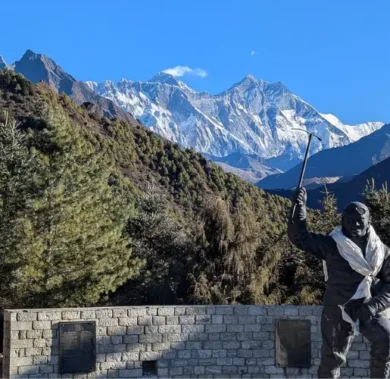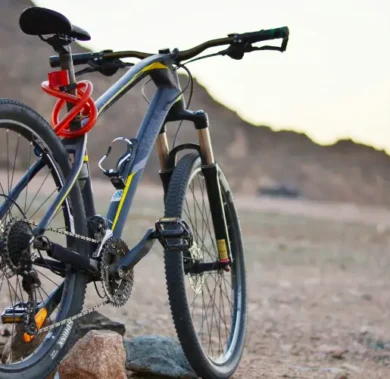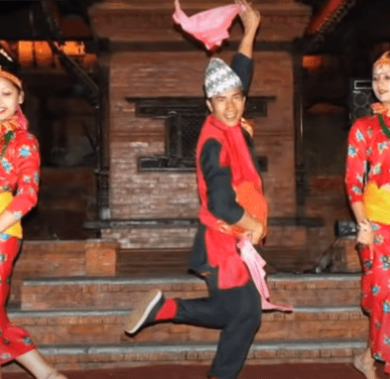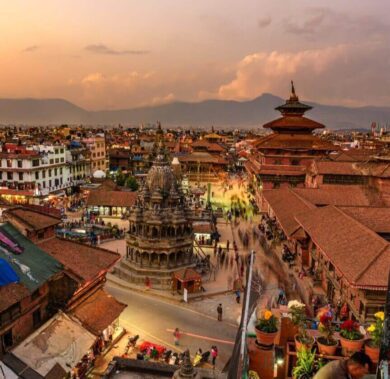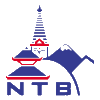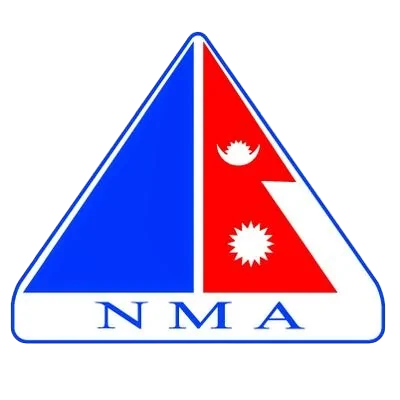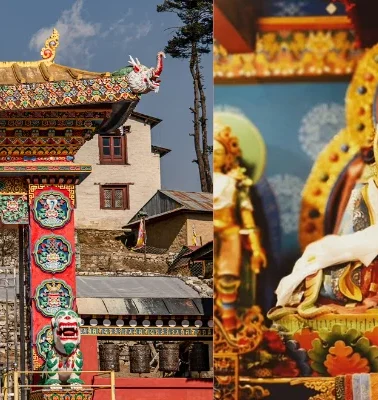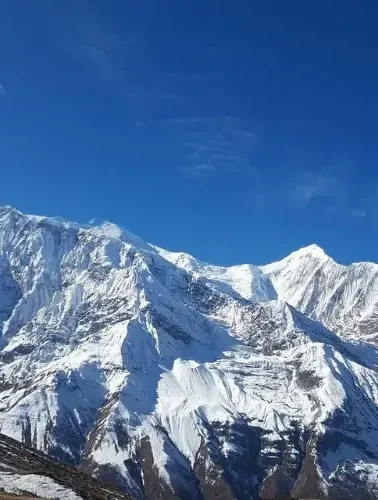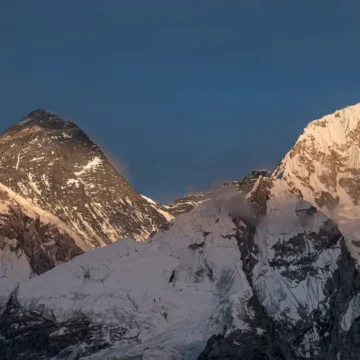
The Khumbu [Everest] Region’s People and Culture
Table of Contents
Whenever you think of trekking in the Everest region, the first thing that might come to your mind is probably the snow-capped Himalayan giants. However, it’s more than just these peaks or jaw-dropping scenery; it’s the Everest region people that matter.
They are the life of the Khumbu region. Khumbu region people themselves, and their centuries-old culture, enduring spirit, and deep-rooted connection with nature, steal the spotlight.
Majestic Himalayan peaks, awe-inspiring scenery, and warm hospitality, what else could anyone wish for? For all these reasons, the Himalayas have been the top destination for trekkers from all over the world.
In this region, traditions echo louder than footsteps on the trails. Each corner, each village on the route, is decorated with prayer flags, chortens, prayer wheels, and Sherpa people smiling in their traditional attire.
So, let’s find out more about the vibrant human side of the Everest region.

The Khumbu Region’s People
While you might have only heard about the grandeur of Mount Everest and probably the thrilling Lukla flight, it’s the Khumbu region people who keep the region running.
High in the mountains, people from different ethnic groups, each bringing unique customs, languages, and lifestyles, add an extra layer to your Himalayan adventure.
Moreover, Sherpas make up the majority of the population in the Upper Khumbu region. They are the heart of Everest expeditions, known globally for their unmatched mountaineering skills.
However, ethnic groups such as Rai, Tamang, Gurung, Chhetri, and Brahmin can be found in the lower parts of Everest, particularly around Jiri.
Sherpas usually live around villages such as Namche Bazaar, Khumjung, Khunde, and Pangboche, in altitudes ranging between 3000 and 4500 meters. Meanwhile, the majority of Rai and Tamang people are found in the lower regions of Solukhumbu district, between 1500 to 3000 meters.
According to the 2021 census, Khumbu Pasanglhamu Rural Municipality in Solukhumbu District is home to 8,720 people, with a total of 2,489 households.
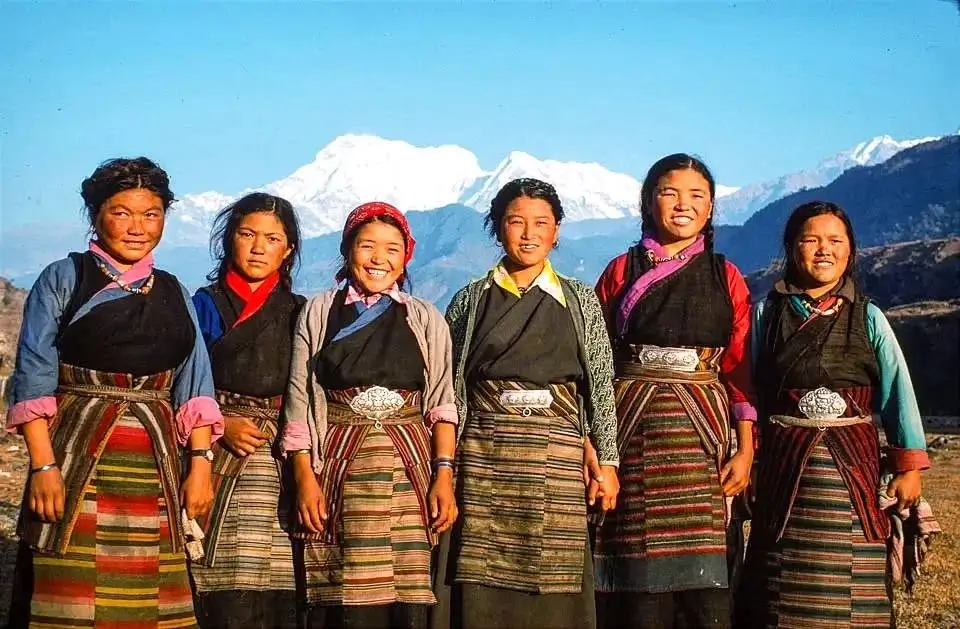
Life of the Everest Region People
It might be interesting for tourists to spend 2-3 weeks here, but life up there is quite challenging. However, these people have adapted to a high-altitude lifestyle.
Sherpas, in particular, have larger lung capacities, high hemoglobin levels, and physical endurance. All these adaptive features have enabled them to thrive here. Their origin traces back to the eastern Tibetan province of Kham, from where they migrated over 500 years ago.
While the world is influenced by modernisation, people here still wake up before sunrise, spin their prayer wheels, and follow daily rituals tied to Buddhism. Children attend local schools, and monasteries play an essential educational and spiritual role.
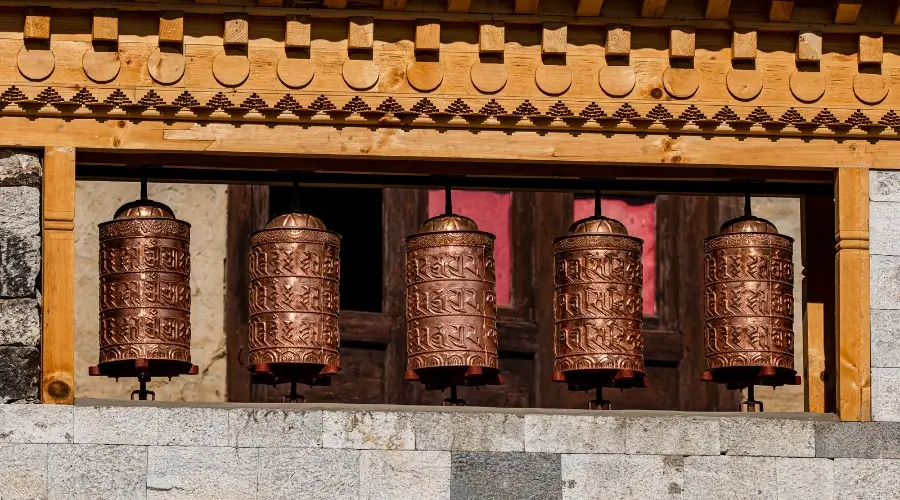
Daily Life and Occupation
Life in the Khumbu region is shaped by its terrain and climate. Most people living in the Everest region are engaged in traditional occupations, such as yak herding, subsistence farming, and trading.
With the increase in tourism, especially trekking and mountaineering, new opportunities have emerged. Now, people have grown interested in guiding, portering, or running lodges and teahouses.
On the contrary, women engage themselves in households and farmlands. They are also engaged in handicrafts and wool weaving.
The Khumbu Region’s Language
You might be amazed to know that the Khumbu region people can speak 3-4 different languages. They can speak the Sherpa language, Nepali, English, and Tibetan language.
Most of the people here speak a Tibetic language called “Solu Khumbu Sherpa”. In addition, they also speak Nepali and English.
As Nepali is the national language of Nepal, it is widely spoken all over Nepal and is also taught as a subject in schools. Likewise, due to tourism, younger Sherpas speak fluent English. If not professional, most people here have a communicative level of English proficiency.
Similarly, the Khumbu region people also speak the Tibetan language. Especially in monasteries, this language is used for prayers and scriptures.
Culture and Traditions of the Khumbu Region
The culture and traditions of the Khumbu region shape the lives of people living here. Their traditional attire, houses, cuisine, and everything reflect the culture and traditions of the Khumbu region.
Traditional clothing includes the Sherpa dress called Chuba, thick wool garments that shield against the cold, and beautiful handwoven aprons worn by women. Jewellery is often made of coral, turquoise, and silver, passed through generations.
Their houses are usually made of stone, with flat roofs, small windows, and thick walls designed for insulation, reflecting Tibetan architecture. The monasteries and chortens are the major architectural attractions. Tengboche Monastery is a prime example of stupa architecture.
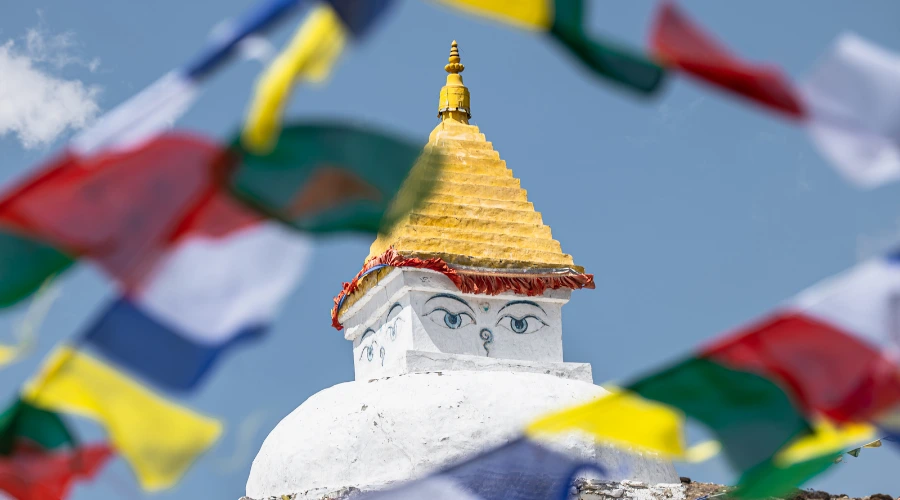
Likewise, every bite tastes of a mountain. Locally grown vegetables and milk products offer the taste of high altitude. Cuisines like Tsampa (roasted barley flour), butter tea, potatoes, noodles, yak cheese, etc., aren’t just a meal; they are the fuel for locals and trekkers en route Everest Base Camp Trek or the Everest Three Passes Trek.
Additionally, arts like thangka painting and butter sculptures are popular here. In addition, handcrafted ritual instruments like tungna, Dramnyen (a lute), Piwang, Nuns, Yangrol, etc., add soul to your trek.
The Everest region presents itself with the perfect balance between spiritual life, nature and people.
The Festivals of the Khumbu Region
Festivals and puja rituals are a vital part of Everest region people. Even the Nepalese government has made it compulsory for every mountaineer to perform a puja ritual in the recently updated Everest Climbing Rules.
These festivals not only bring families together or honour deities, but they also mark seasonal changes and promote sustainable tourism.
Most of the festivals here follow the Tibetan lunar calendar and are celebrated in monasteries and village centres.
Some of the festivals celebrated in the Khumbu region are:
Mani Rimdu
This festival is especially celebrated in Tengboche, Thame, and Chiwong monasteries. Mani Rimdu usually falls in October or November. So, if you are trekking the Everest region in autumn, you might be able to not just observe this festival but be a part of it.
Mani Rimdu commemorates the founding of Tibetan Buddhism by Guru Rinpoche. People from all around gather and perform masked dances, chants, and sand mandalas performed by monks.
“Mani” refers to the mantra “Om Mani Padme Hum,” while “Rimdu” are the sacred pills blessed and distributed during the festival.
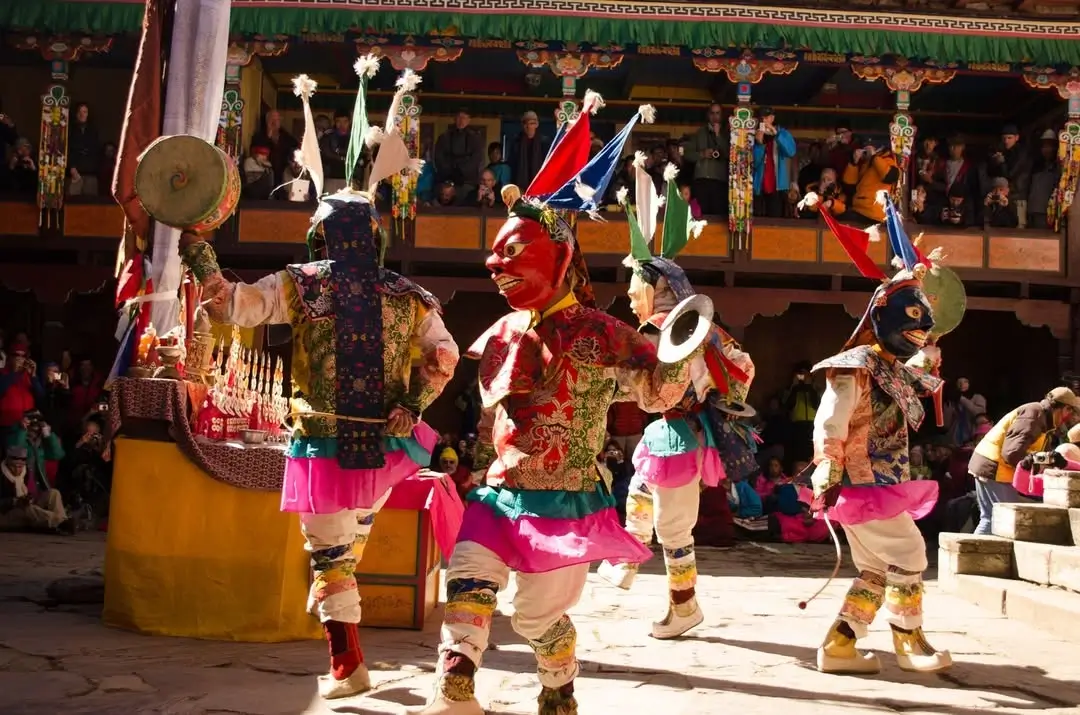
Lhosar (Tibetan New Year)
Falling in February, Lhosar marks the new year in the Tibetan calendar. During this colourful celebration, Everest region people clean their homes, decorate family altars, and perform various rituals to drive evil spirits away.
Also, families gather and perform traditional dances, feast, and offer offerings to local deities.
Dumji Festival
Held in June or July, the Dumji Festival celebrates the birth of Guru Rinpoche. Unlike other festivals, which are celebrated only in monasteries, Dumji is celebrated among family and clan members. It strengthens the bond within the Sherpa community.
Gyalpo Lhosar (Sherpa New Year)
Sherpa New Year, also known as Gyalpo Lhosar, is a more specific form of Lhosar celebrated by the Sherpa community. It is celebrated according to the lunar calendar. The festival features masked dances, fire rituals, and special Sherpa dishes, such as Khapse and Dresi.
Full Moon (Purnima) Ceremonies
On every full moon (Purnima), especially in significant months like Buddha Jayanti (May), Tibetan Buddhists pay visits to monasteries, chant prayers, and light butter lamps.
Monlam Chenmo (Great Prayer Festival)
It is one of the major festivals often held in winter. During this festival, monks from various monasteries gather together for a period of intensive prayers, debates, and rituals for world peace.
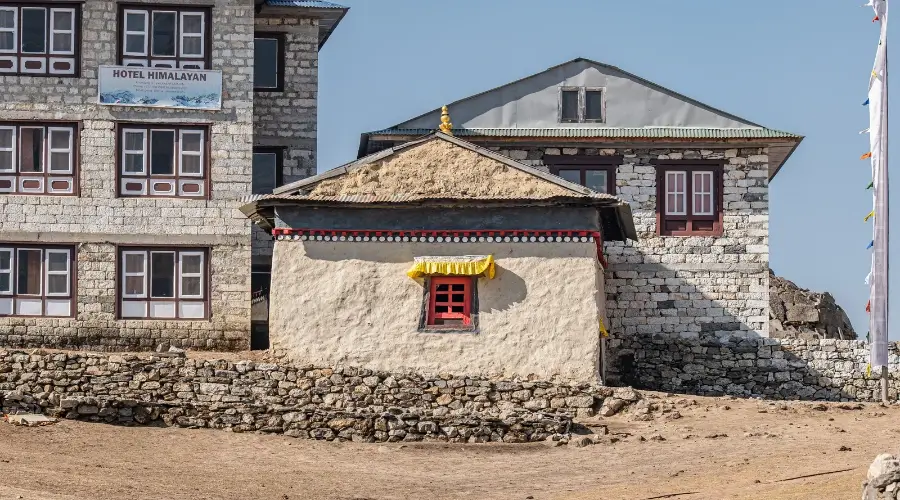
Saga Dawa – Honouring the Lord Buddha
Celebrated in May or June, this festival marks the birth, enlightenment, and death of the Buddha. Pilgrims circle sacred monuments (kora), light lamps, and release animals as acts of compassion.
Other Minor Local Rituals and House Blessings
Apart from the above-mentioned festivals, the livelihood of the Khumbu region people is influenced by other minor rituals. Rituals like house blessings during new construction, marriage ceremonies, child naming ceremonies, death anniversaries, and yak herding rituals are guided by Buddhist lamas.
These festivals are vital in passing spiritual strength through generations.
When new houses or sheds are built, monks are invited to purify the house with incense, holy water, and mantra chanting.
Likewise, on the 3rd or 4th day after birth, Buddhist monks give the child a name, often linked to the day of the week and a Buddhist deity. Similarly, during funerals, elaborate death rites are conducted. Funeral rituals include the reading of sacred texts like the Bardo Thodol (Tibetan Book of the Dead), guiding the soul through the intermediate state.
One of the most amusing rituals is the yak herding ritual. Herders perform a series of rituals before taking their herds to high pastures. Offerings of incense, flour, and butter lamps are made to mountain deities to seek protection.
Furthermore, many families conduct annual protective rituals to cleanse their homes and attract prosperity.
These festivals and rituals are a connection between the Everest region people beliefs and nature. Even the smallest ritual carries a cosmic meaning.
Summary Table of Khumbu’s Major Festivals
| Festival Name | Time of Year | Duration | Key Locations | Highlights |
| Mani Rimdu | Oct-Nov | 3-5 Days | Tengboche, Thame, Chiwong | Masked dances, prayers |
| Lhosar | February | 1 Day | Region-wide | New Year rituals, feasting |
| Dumji | June-July | 3-4 Days | Khumjung, Namche | Birth of Guru Rinpoche, clan unity |
| Gyalpo Lhosar | Feb-March | 1-2 Days | Sherpa villages | Sherpa New Year, fire rituals |
| Full Moon Ceremonies | Monthly | 1 Day | Monasteries | Butter lamps, prayer offerings |
| Monlam Chenmo | December-Jan | Several Days | Major Monasteries | Great Prayer Festival |
| Saga Dawa | May-June | 1 Day | Region-wide | Buddha’s life celebrations |

Trek the Everest Region With Himalayan Masters for the Best Cultural Experience
We, Himalayan Masters, are the top trekking company in Nepal. Our trekking itineraries are organised in such a way that you don’t miss anything. Alternatively, you can also customise or book your trek in coordination with one of the festivals in the Everest region.
Not only a trekking itinerary, we provide a professional, licensed guide who can give you insight into the Everest region people, their culture, and lifestyle.
For an immersive trekking experience in the Himalayas or just an inquiry, please do contact us by email ([email protected]) or leave a message via WhatsApp (+977-9823636377).
Want to know more?
Speak to an Expert


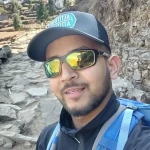


Sandip Dhungana
Nepal 🇳🇵
Whatsapp: +977-9823636377

![The Khumbu [Everest] Region’s People and Culture](https://himalayan-masters.com/wp-content/uploads/2025/06/Khumbu-Region-People.webp)
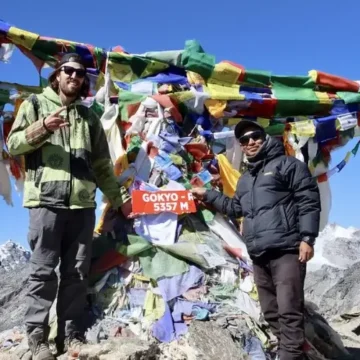
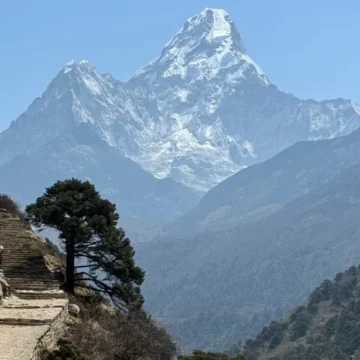
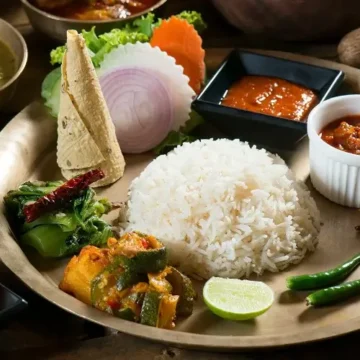


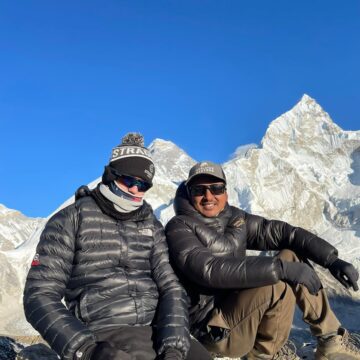
![The Khumbu [Everest] Region’s People and Culture](https://himalayan-masters.com/wp-content/uploads/2025/06/Khumbu-Region-People-360x360.webp)
